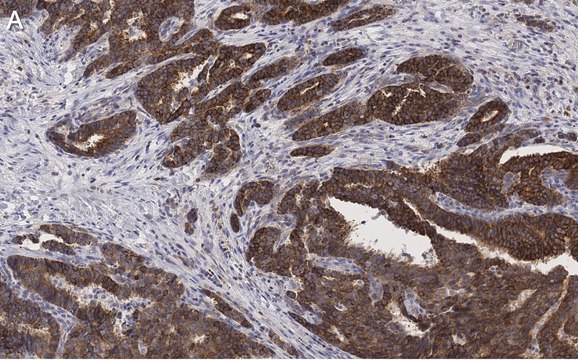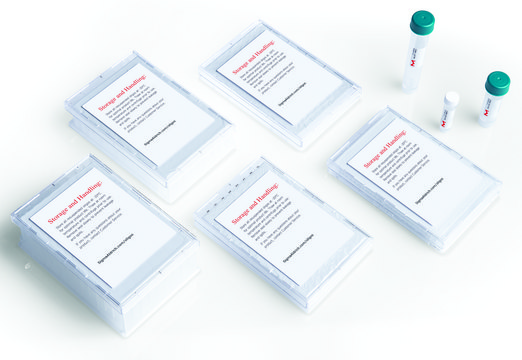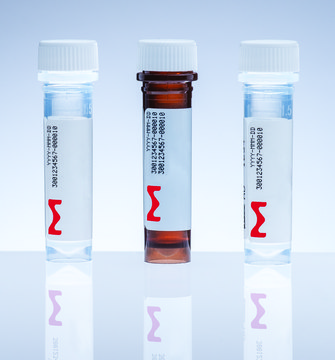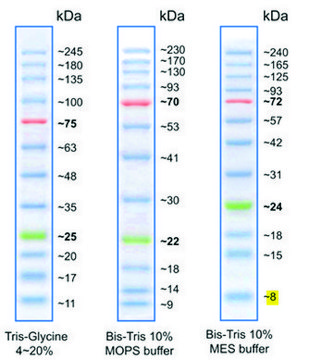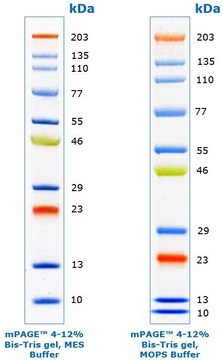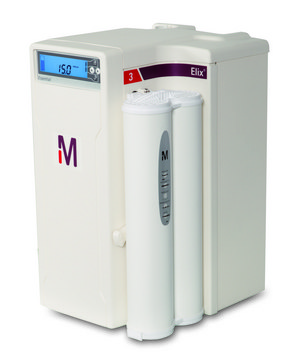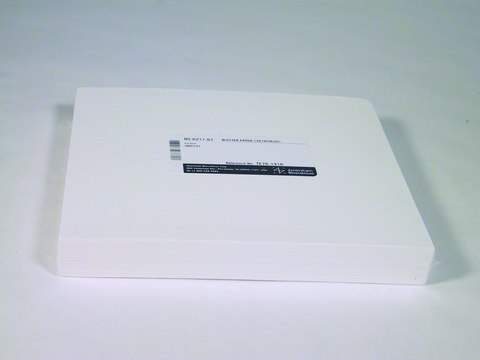一般描述
We are committed to bringing you greener alternative products, which adhere to one or more of The 12 Principles of Green Chemistry.This antibody is Preservative-free, produced without the harm or sacrifice of animals and exceptionally stable to allow for ambient shipping and storage if needed and thus aligns with "Waste Prevention", "Designing Safer Chemicals" and "Design for Energy Efficiency".
Click here for more information.
ZooMAb® antibodies represent an entirely new generation of recombinant monoclonal antibodies.Each ZooMAb® antibody is manufactured using our proprietary recombinant expression system, purified to homogeneity, and precisely dispensed to produce robust and highly reproducible lot-to-lot consistency. Only top-performing clones are released for use by researchers. Each antibody is validated for high specificity and affinity across multiple applications, including its most commonly used application. ZooMAb® antibodies are reliably available and ready to ship when you need them.
特异性
Clone 1B15 is a Rabbit recombinant monoclonal antibody that detects ATR. It targets an epitope within 22 amino acids from the N-terminal region.
免疫原
KLH-conjugated linear peptide corresponding to 22 amino acids from the N-terminal region of human ATR.
应用
Quality Control Testing
Evaluated by Western Blotting in nuclear extract of NIH3T3 cells.
Western Blotting Analysis (WB): A 1:10,000 dilution of this antibody detected ATR in nuclear extract of NIH3T3 cells.
Tested applications
Immunohistochemistry (Paraffin) Analysis: A 1:100 dilution from a representative lot detected ATR in human testis and human tonsil tissue sections.
Affinity Binding Assay: A representative lot of this antibody bound ATR with a KD of 6.8 x 10-8 in an affinity binding assay.
Immunocytochemistry Analysis: A 1:100 dilution from a representative lot detected ATR in HeLa, A431, HepG2 and NIH 3T3 cells..
Note: Actual optimal working dilutions must be determined by end user as specimens, and experimental conditions may vary with the end user
目标描述
Serine/threonine-protein kinase ATR (UniProt: Q13535; also known as EC:2.7.11.1, Ataxia telangiectasia and Rad3-related protein, FRAP-related protein 1) is encoded by the ATR (also known as FRP1) gene (Gene ID: 545) in human. ATR is a serine/threonine protein kinase of the phosphatidyl inositol 3-kinase-like kinase (PIKK) family that is activated in response to DNA damage. It activates checkpoint signaling upon genotoxic stresses such as ionizing radiation, ultraviolet light, or DNA replication stalling. It is shown to bind to UV-damaged DNA with higher affinity. It forms a heterodimer its binding partner, ATR-interacting protein (ATRIP), and this heterodimer is recruited to stalled forks through direct interactions with the replication protein A-single-stranded DNA (RPA-ssDNA) complex that forms at stressed replication forks. In ssDNA bound form its kinase activity is stimulated by the ATR-activating domains of topoisomerase II binding protein 1 (TOPBP1) or Ewing tumor-associated antigen 1 (ETAA1), which are independently recruited to junctions between ssDNA and double-stranded DNA (dsDNA) and to RPA-ssDNA, respectively. ATR is reported to phosphorylate a number of substrates, including BRCA1, CHEK1, MCM2, RAD17, RPA2, and p53/TP53, which are known to collectively inhibit DNA replication and mitosis and promote DNA repair or induce apoptosis in severely damaged cells. Defects in ATR signaling are commonly seen in human cancers and affect the sensitivity of tumors to DNA-damaging chemo- and radiation therapies. This ZooMAb® recombinant monoclonal antibody, generated by our propriety technology, offers significantly enhanced specificity, affinity, reproducibility, and stability over conventional monoclonals. (Ref.: Moiseeva, TN., et al. (2019). Proc. Natl. Acad. Sci. USA. 116(27); 13374-13383; Saldivar, JC., et al. (2017). Nat. Rev. Mol. Cell Biol. 18(10); 622-636).
外形
Purified recombinant rabbit monoclonal antibody IgG, lyophilized in PBS, 5% Trehalose, normal appearance a coarse or translucent resin. The PBS/trehalose components in the ZooMAb formulation can have the appearance of a semi-solid (bead like gel) after lyophilization. This is a normal phenomenon. Please follow the recommended reconstitution procedure in the data sheet to dissolve the semi-solid, bead-like, gel-appearing material. The resulting antibody solution is completely stable and functional as proven by full functional testing. Contains no biocide or preservatives, such as azide, or any animal by-products. Larger pack sizes provided as multiples of 25 μL.
重悬
300 μg/mL after reconstitution at 25 μL per vial. Please refer to guidance on suggested starting dilutions and/or titers per application and sample type.
储存及稳定性
Recommend storage of lyophilized product at 2-8°C; Before reconstitution, micro-centrifuge vials briefly to spin down material to bottom of the vial; Reconstitute each vial by adding 25 μL of filtered lab grade water or PBS; Reconstituted antibodies can be stored at 2-8°C, or -20°C for long term storage. Avoid repeated freeze-thaws.
法律信息
ZooMAb is a registered trademark of Merck KGaA, Darmstadt, Germany
免责声明
Unless otherwise stated in our catalog or other company documentation accompanying the product(s), our products are intended for research use only and are not to be used for any other purpose, which includes but is not limited to, unauthorized commercial uses, in vitro diagnostic uses, ex vivo or in vivo therapeutic uses or any type of consumption or application to humans or animals.

